As Pyongyang marathon returns, North Korea’s tourism remains frozen amid Russian pivot
North Korea’s tourism is in decline as it shifts focus to Russia, prioritising military and economic ties over international visitors
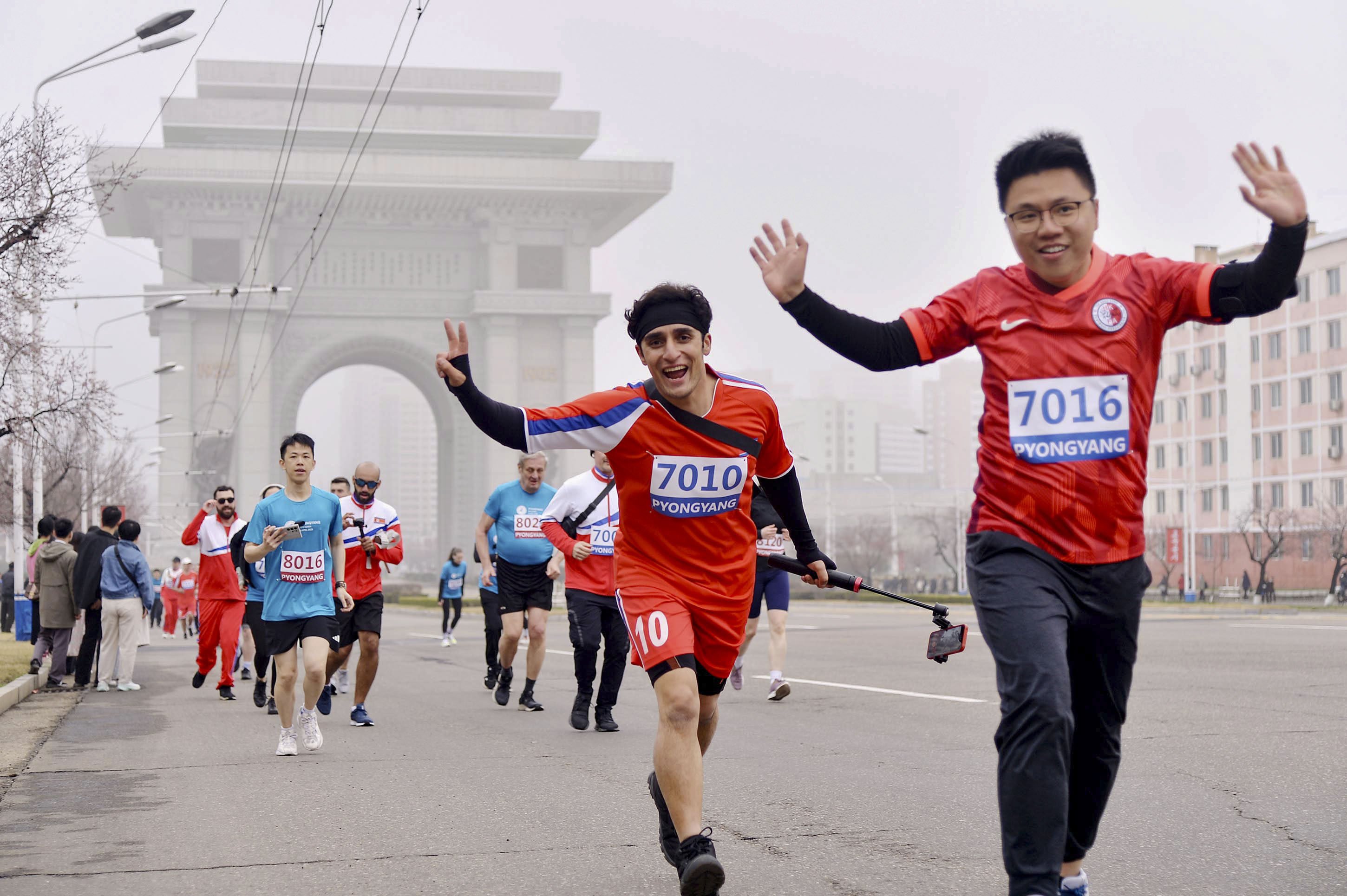
When Simon Cockerell returned to the Pyongyang International Marathon last month after a five-year break, he felt a familiar energy – but the landscape had clearly shifted.
The general manager of Koryo Tours, the marathon’s official travel partner, brought just 200 international visitors to North Korea, a stark drop from the 700 his company hosted in 2019. He attributed the smaller turnout to a combination of stricter access, limited travel options, and a reduced registration period.
Unlike previous marathons announced nearly a year in advance, this year’s race was confirmed only a month before the event on April 6, giving participants barely two weeks to register. Flights from Beijing were the only international entry point, and instead of the usual five to seven hotels, only one – managed by the athletics association in North Korea – was available. Visitors toured local landmarks and sampled North Korean beer, but under the official designation of a “sports delegation”, not tourists.
Analysts say the highly restricted format – along with North Korea’s general reluctance to reopen its borders to foreign visitors – reflects a deeper strategic shift.
Amid tighter information controls and a growing military and economic partnership with Russia, Pyongyang appears to be turning its back on international tourism in favour of more politically aligned and financially dependable avenues of engagement.
The costs of tourism have outweighed the benefits, and it seems North Korean decision-makers have come to realise thatDr Rüdiger Frank, analyst
North Korea has remained largely closed to tourists since it sealed its borders in 2020 at the onset of the Covid-19 pandemic. While Russian nationals have been allowed in since early 2024, a brief reopening in February to non-Russian visitors in the northeastern city of Rason lasted just three weeks before the border was closed again without explanation.
“In short, we can say that the costs of tourism have outweighed the benefits, and it seems North Korean decision-makers have come to realise that,” Dr Rüdiger Frank, director of the European Centre for North Korean Studies, told This Week in Asia.
Tourism once played a key role in Pyongyang’s efforts to earn hard currency and improve its international image. Under Kim Jong-un, who came to power in 2011, the country invested heavily in mountain and beach resorts and established a college for hospitality training.
The investments paid off. Calculations by 38 North, a publication under US-based think tank the Stimson Centre, suggested that tourism revenues quadrupled between 2014 and 2019.
Around 350,000 foreign tourists visited North Korea in 2019, the same year the country allowed an episode of The Amazing Race Vietnam to be filmed in Pyongyang – a rare moment of openness to global audiences.
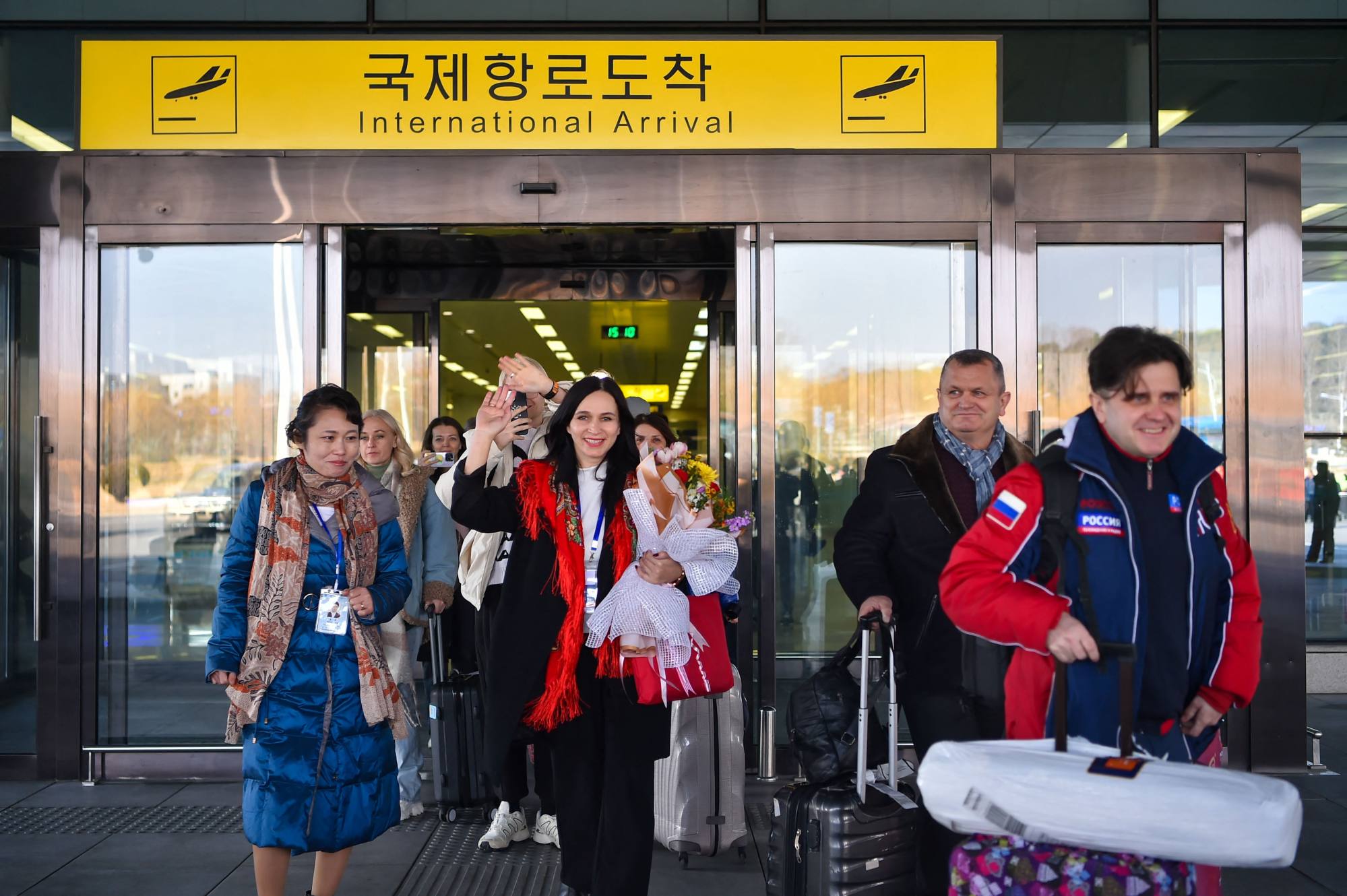
Pivot to Russia
But the Covid-19 pandemic put an end to the nascent tourism boom. Since then, Russia’s 2022 invasion of Ukraine has dramatically reshaped the geopolitical landscape – opening the door to new, more lucrative economic opportunities for Pyongyang, Frank said.
Pyongyang has become a major arms supplier to Moscow, and just last week, North Korea confirmed for the first time that its troops are fighting alongside Russian forces.
Pyongyang’s participation in the war has been said to generate billions of dollars annually, far surpassing the estimated US$90 million-US$175 million the country once earned from tourism at its peak.
“The Russians have made it pretty clear that they don’t care about respecting sanctions against North Korea, so I think North Korea is hoping to tap into that,” said Rachel Minyoung Lee, senior fellow at 38 North.
She added that besides the immediate windfall provided, Kim is also seeking closer long-term economic cooperation with Russian President Vladimir Putin. The two heavily-sanctioned and largely politically-isolated countries signed a strategic partnership agreement last year, underscoring their deepening ties.
“This is an opportunity for North Korea to diversify trade partners and reduce reliance on China, which I think North Korea’s been very nervous about for a long time,” Lee said.
Beijing has historically been Pyongyang’s largest trading partner, accounting for more than 90 per cent of total trade volume, and a main diplomatic supporter on the international stage.
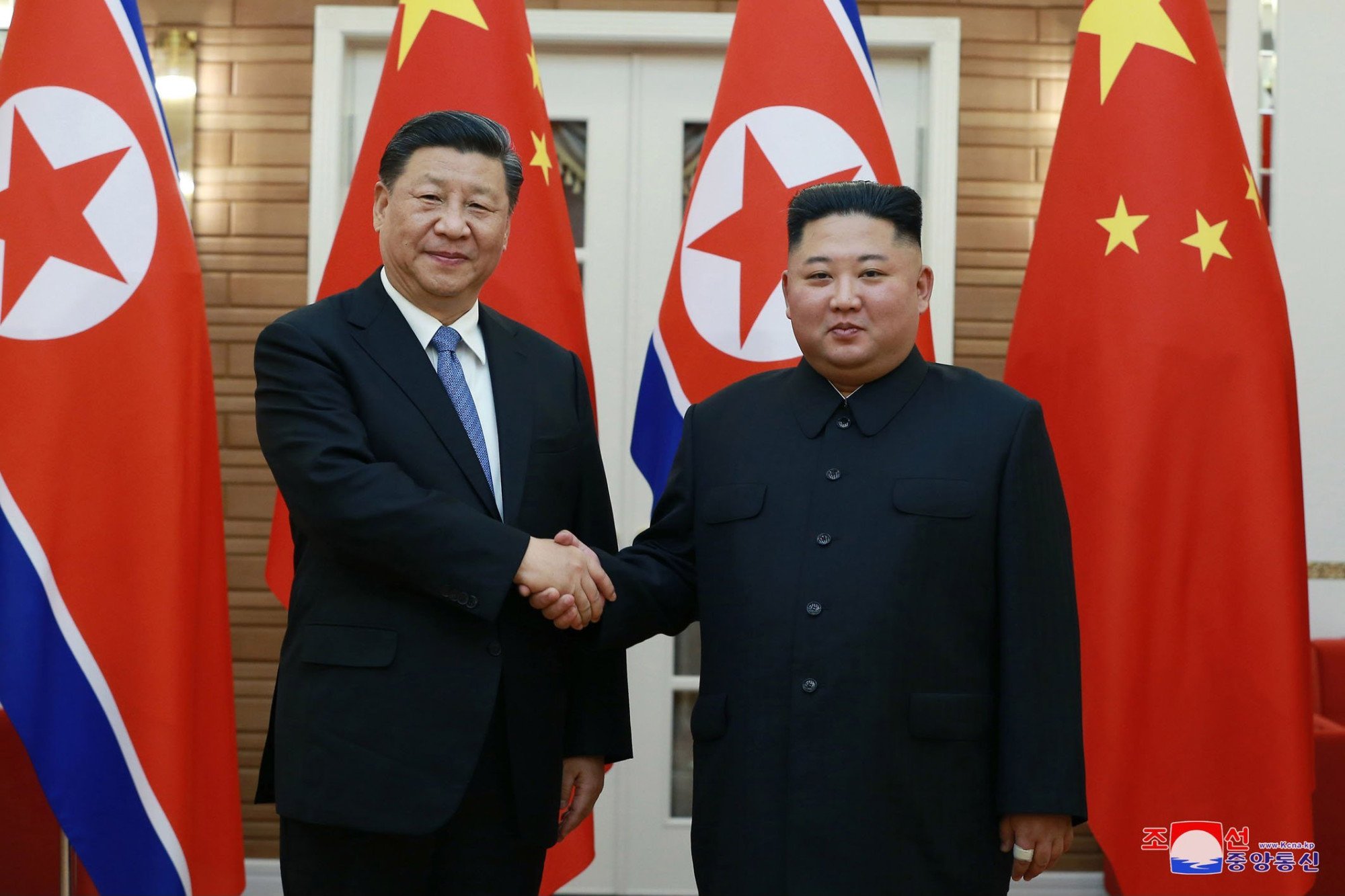
But relations between the two countries have deteriorated in recent years, as Pyongyang realigns itself with Moscow – a development that is reflected in its tourism policies.
Before 2020, Chinese nationals accounted for around 90 per cent of the hundreds of thousands of international tourists visiting North Korea each year; however, Pyongyang’s borders remain closed to China.
Instead, the country has exclusively reopened to Russian tourists, even though only about 880 visitors were recorded in 2024, according to South Korea’s Unification Ministry, quoting official Russian data.
“The centrepiece of North Korea’s foreign policy right now is Russia, and then through Russia, diversifying to other trade partners,” Lee said, offering Belarus, one of Russia’s closest allies, as an example.
Belarusian foreign minister travelled to Pyongyang for the first time last year, discussing potential cooperation in agriculture and healthcare, while the country’s president reportedly plans to visit North Korea to diversify trade ties.
“North Korea has alternative ways to generate legal and consistent income now. It no longer needs to take the risk of allowing thousands of foreigners into the country,” Frank said, referring to national security concerns brought about by inbound tourism, such as the potential for covert journalism.
Deserted Rason
This apprehension may have played out in North Korea’s abrupt closure of the Rason special economic zone in March, less than three weeks after reopening.
Pyongyang gave no official reasons for the shutdown, but speculations have focused on content creators’ negative portrayal of the country.
A viral video by British influencer Mike O’Kennedy, for example, highlighted Rason’s deserted streets, dilapidated residences and a mineral water factory without any workers despite it being a weekday.
While tour operators contacted by This Week in Asia doubted that these portrayals were a reason for closure, they did note a rise in participants filming on recent trips.
On China-based Young Pioneer Tours’ final visit to Rason before the border closure, co-founder Rowan Beard observed that around half of the participants were content creators – a notable increase from pre-2020 trips.
“There’s this fine line about travel content creators because they’re not journalists and they don’t work for a news agency, but they do have millions of followers,” Beard said. “And the way they visit these countries and document everything – it’s journalism.”
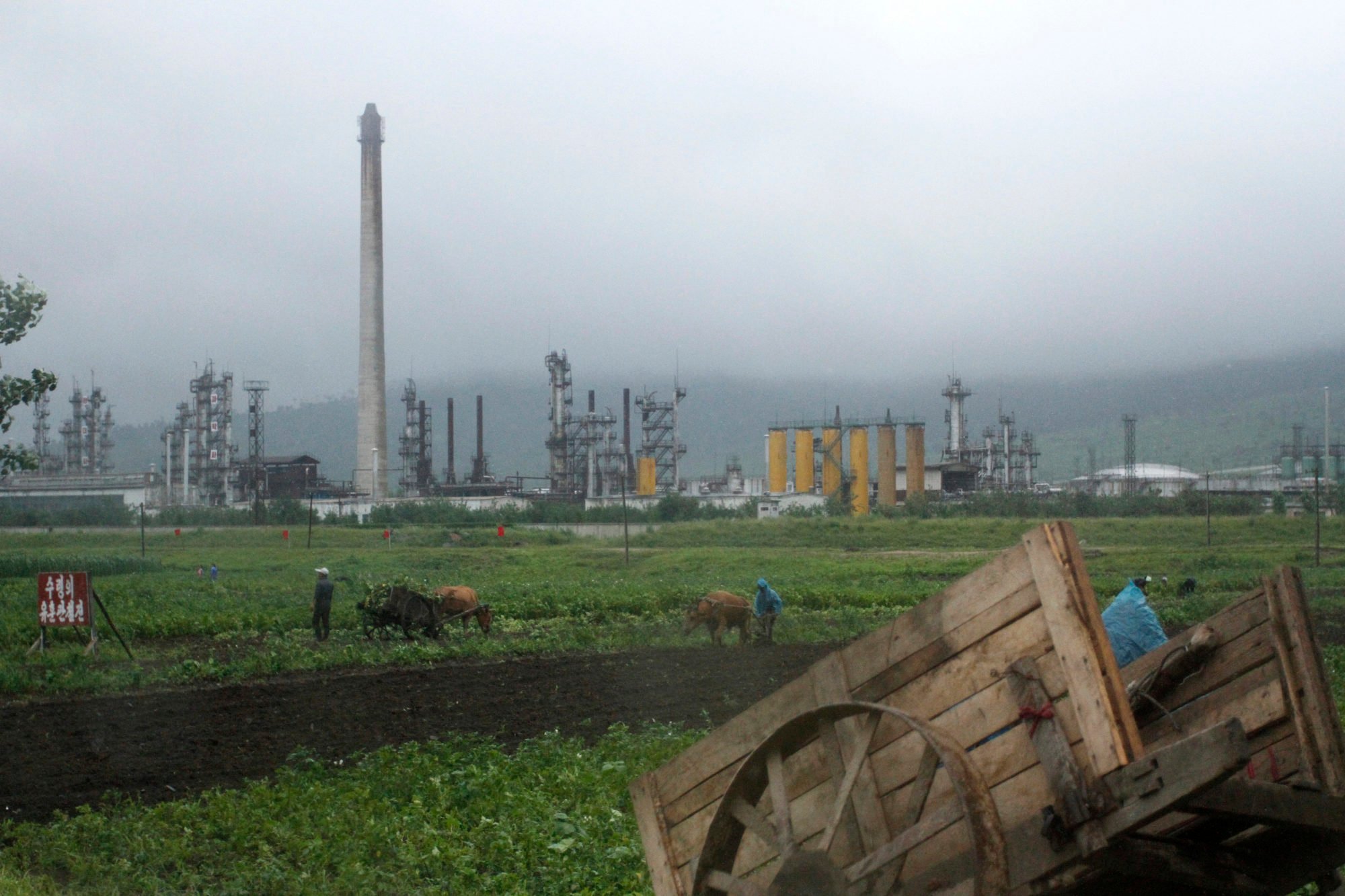
North Korea’s near-total state control over information and tightly managed external narratives has historically made the government wary of independent reporting within its borders. Even before its closure, it barred journalists from entering as tourists.
Considering these factors, analysts believe that domestic tourism may be the new priority for North Korea’s tourism sector moving forward.
“After more than two decades of cautious economic reform and 80 years of existence, North Korea has developed a middle class of individuals who are interested in leisure and have money to spend,” said Frank of the European Centre for North Korean Studies, estimating the size of this group to be 7 million of a population of around 25 million.
“The way the new Wonsan-Kalma tourist resort on the east coast will be used will show whether this interpretation is accurate,” he added.
Construction for the large-scale integrated beachside resort, which contains hotels, entertainment zones and a water park, began in 2014 during Kim’s tourism push. After pandemic-related delays, recent satellite images indicate it is finally nearing completion.
State media previously announced that it is slated to open next month, and Frank expects its main clientele to be locals instead of foreign tourists.
38 North’s Lee, however, was sceptical that domestic consumption alone will suffice for the tourism industry, despite the state’s efforts to promote it.
Top officials are simply not interested in having tourism resume any time soonRowan Beard, tour operator
Either way, the future for international tourism in North Korea looks murky.
“Top officials are simply not interested in having tourism resume any time soon,” Young Pioneer’s Beard said, quoting his local sources.
The company now has to get creative in finding alternative ways to bring tourists into the country.
For instance, Young Pioneer Tours will be bringing a group to attend the Pyongyang Trade Fair on a business delegation visa later this month, a workaround that bypasses restrictions against granting tourist visas.
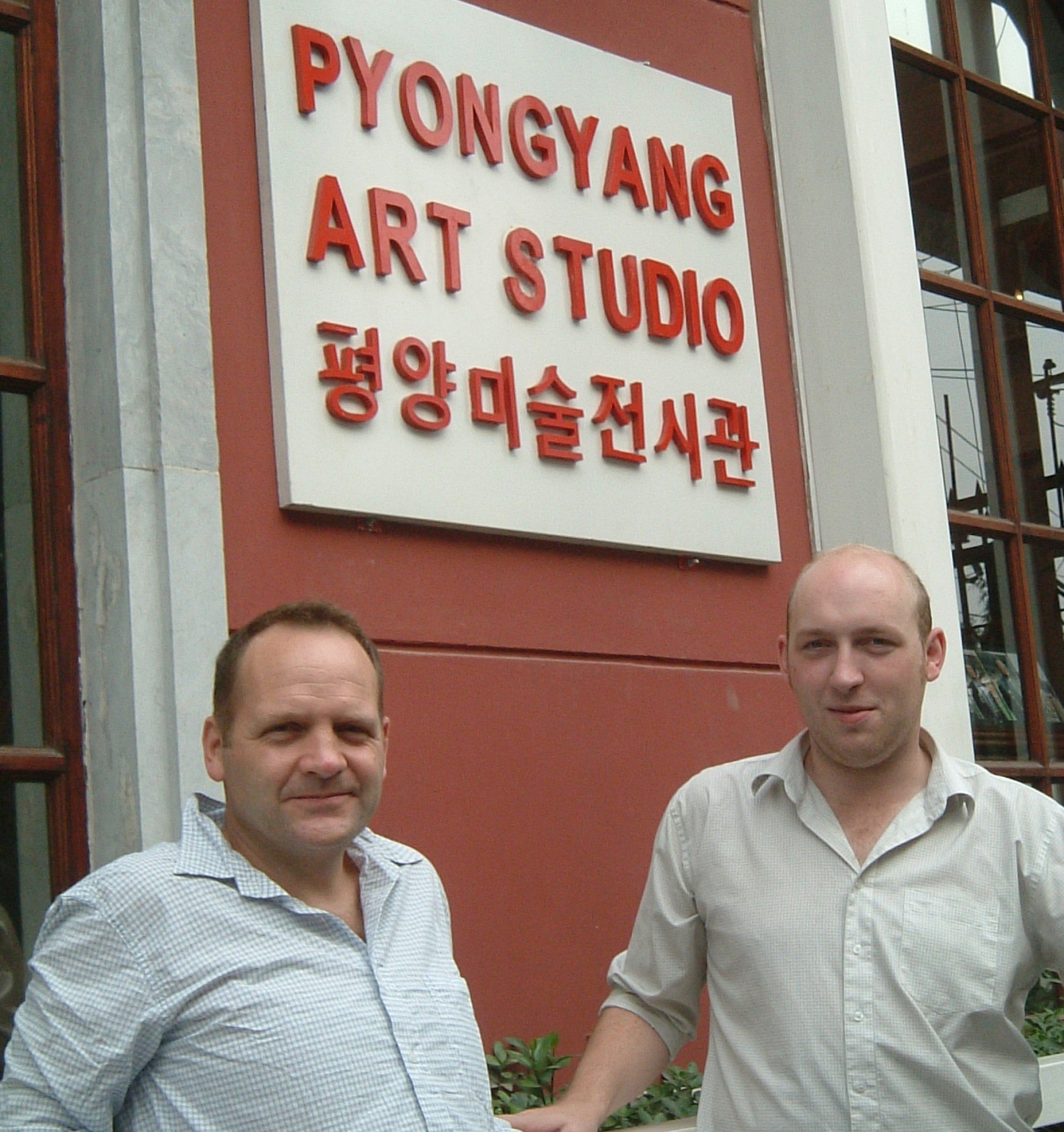
However, compared to previous tours to the annual trade fair, this year’s run is limited to a smaller group and costs more since Pyongyang no longer offers preferential tourism rates.
Meanwhile, Koryo Tours’ Cockerell offers a more ambiguous outlook, stating that predictions are mere guesswork. He noted that North Koreans often responded to reopening questions with the phrase “maybe sometime in the future”.
“It’s so conditional and vague, which is the perfect answer,” Cockerell conceded. “But it may open again tomorrow. Who knows?”